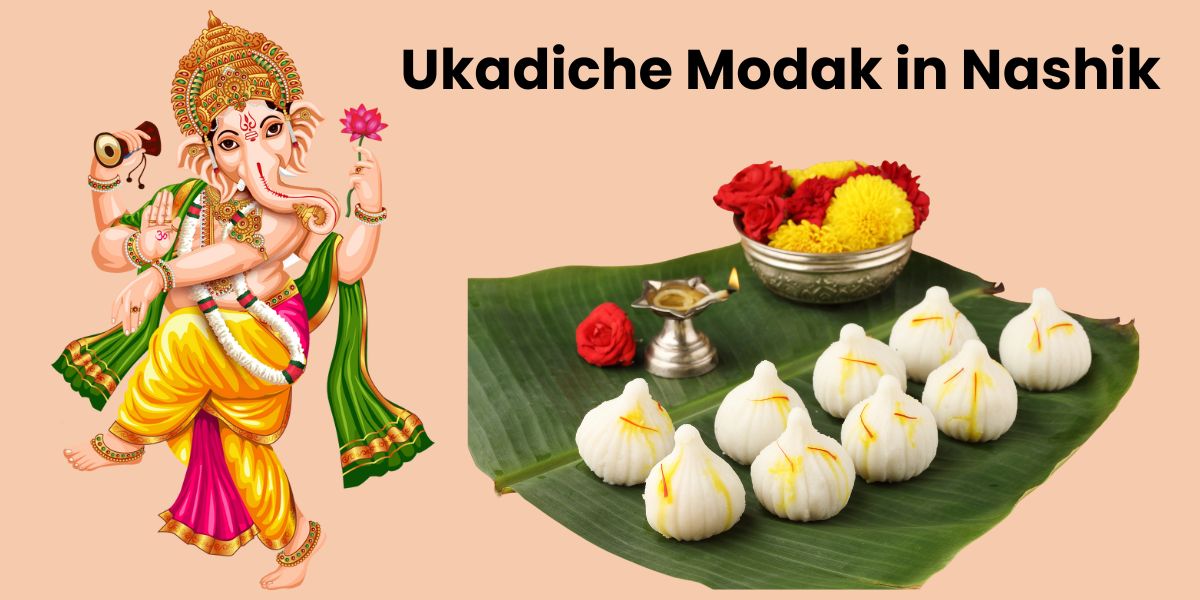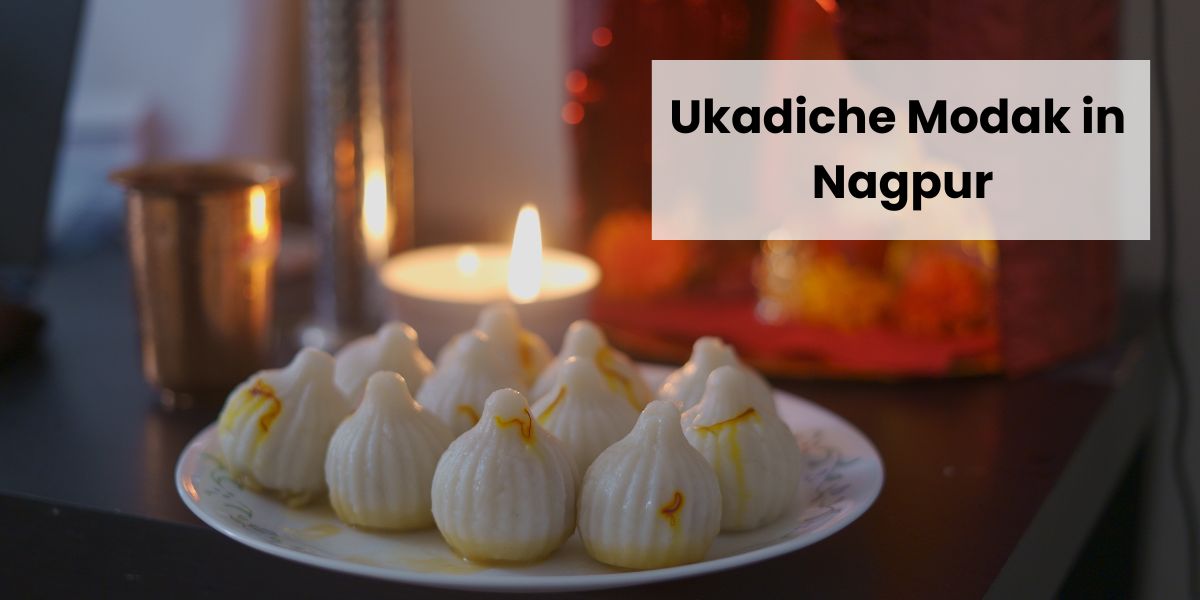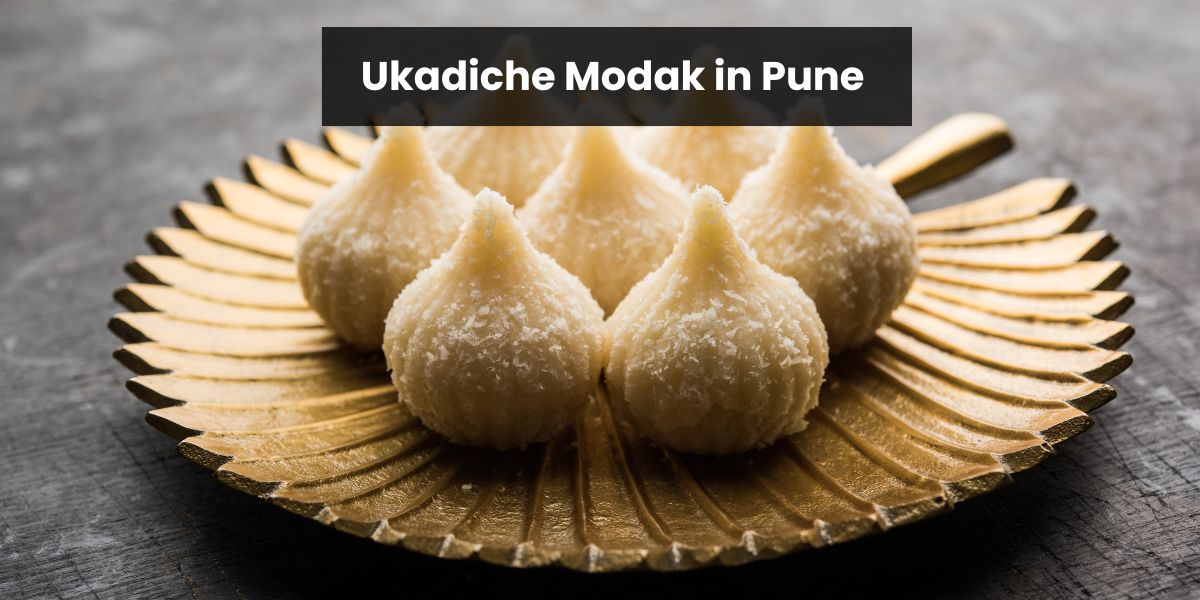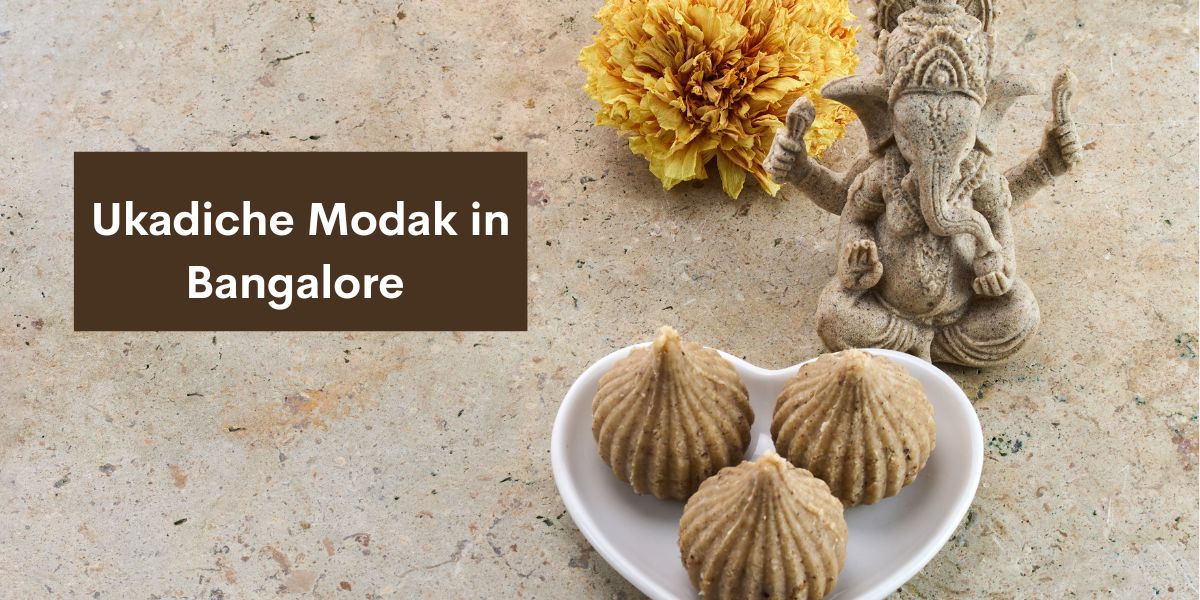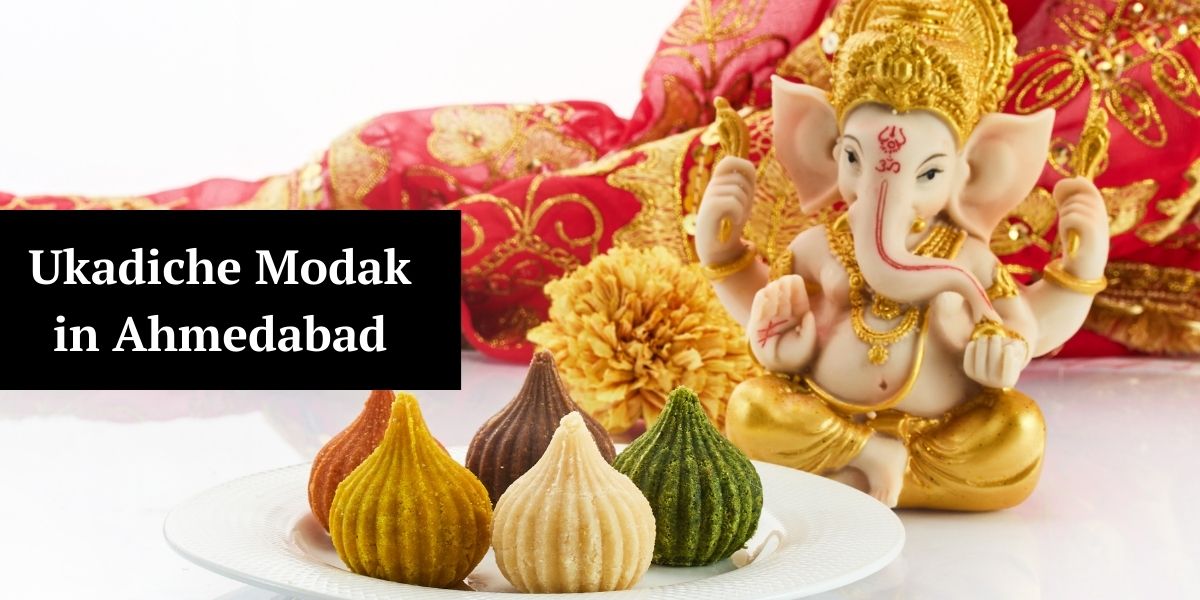In the bustling streets of India, amidst the aroma of spices and sizzling street food, there stands a humble but mighty snack that has captured the hearts (and taste buds) of millions: the samosa. With its golden, flaky crust and savory filling bursting with flavors, this triangular wonder has earned its place as the crunchy hero of Indian snacking. Whether enjoyed as a quick bite on-the-go or savored during festive gatherings, the samosa is more than just a snack – it is an experience that embodies the rich culinary heritage and cultural diversity of this vibrant nation. Join us as we embark on a delicious journey to uncover the history, variations, and secret techniques behind this beloved Indian delicacy.
Interesting Facts About Samosas
- Samosas originated in the Middle East and were introduced to India by traders. They are believed to have been brought to India by Persian merchants around the 13th or 14th century.
- Traditional samosas are made with a savory filling of potatoes, peas, and spices, enclosed in a crispy pastry shell. However, there are countless variations of samosas with different fillings such as minced meat, paneer (Indian cottage cheese), lentils, corn, and even chocolate.
- Samosas are not only popular in India but also have a significant presence in other countries like Pakistan, Bangladesh, Nepal, and Sri Lanka. In fact, they have become so globally beloved that they can be found on menus all over the world.
- Despite being deep-fried snacks, samosas do offer some health benefits when consumed in moderation. The potato filling provides essential nutrients like vitamins C and B6 along with dietary fiber. However, it’s worth noting that the healthiness largely depends on how they are prepared – baking or air frying instead of deep-frying can reduce the calorie content significantly.
Origin: A history of delightful indulgence
- The origins of the samosa trace back to ancient Persia, where a similar pastry known as sambosa was created. It was brought to India by traders and merchants, who added their own unique twist to the recipe.
- In medieval India, samosas became popular street food among the common people. They were made with a crisp outer shell and filled with various ingredients like potatoes, peas, and spices. These savory treats quickly gained popularity for their portability, flavor, and affordability.
- As the Mughal Empire rose in power in the 16th century, so did the popularity of samosas. The royal kitchens of this great dynasty perfected the art of making these mouth-watering pastries and began serving them at lavish feasts and banquets.
- With time, samosas evolved further as different regions in India put their own spin on it. For example, in Punjab, meat-filled samosas called keema samosas became widely loved.
Ingredients: The Perfect Blend of Flavors
One of the key factors that contribute to the irresistible appeal of samosas lies in the perfect blend of flavors that dance harmoniously on your taste buds. These delectable triangular pockets are filled with an enchanting mix of ingredients that create a delightful explosion of tastes. The combination of spices, vegetables, and protein makes each bite a burst of flavor that is hard to resist.
At the heart of a great samosa is its filling, and one cannot underestimate the role played by potatoes in achieving that perfect balance. Potatoes provide a creamy texture and subtle sweetness while absorbing the flavors from various spices like cumin, coriander, turmeric, and garam masala. Alongside the starchy goodness lies another crucial ingredient: peas! These tiny green gems bring a touch of crunchiness and freshness to every morsel.
No samosa would be complete without its aromatic partner-in-crime – onions! These humble bulbs lend their distinct sharpness, enhancing both taste and aroma. Combined with garlic, they add depth to the flavor profile while making your taste buds sing with delight. To further elevate the experience, some variations include minced meat or paneer (Indian cottage cheese) for added richness and protein.
In conclusion, samosas owe their status as an Indian snacking hero to their impeccable flavor combinations. From velvety potatoes to vibrant peas and pungent onions, these ingredients come together in perfect symphony within each crispy bite.
Conclusion
In conclusion, it is undeniable that samosas are a timeless culinary treasure. These crispy delights have stood the test of time and continue to captivate taste buds across the globe. The beauty of samosas lies not only in their delectable flavors but also in their versatility.
Furthermore, what makes samosas truly iconic is their ability to bring people together. In Indian households, making samosas is often a cherished tradition shared between generations. Friends gather over plates stacked high with these golden parcels, sharing stories and laughter while savoring each bite. The aroma that fills the air when samosas are being cooked is enough to spark joy in anyone’s heart.
In conclusion, the humble yet mighty samosa remains a beloved staple of Indian snacking for countless reasons. Its tantalizing flavors, versatility in fillings, and knack for bringing people together make it an irreplaceable treasure in our culinary repertoire. So next time you bite into a warm samosa bursting with deliciousness – savor the moment and appreciate its timeless magic!


